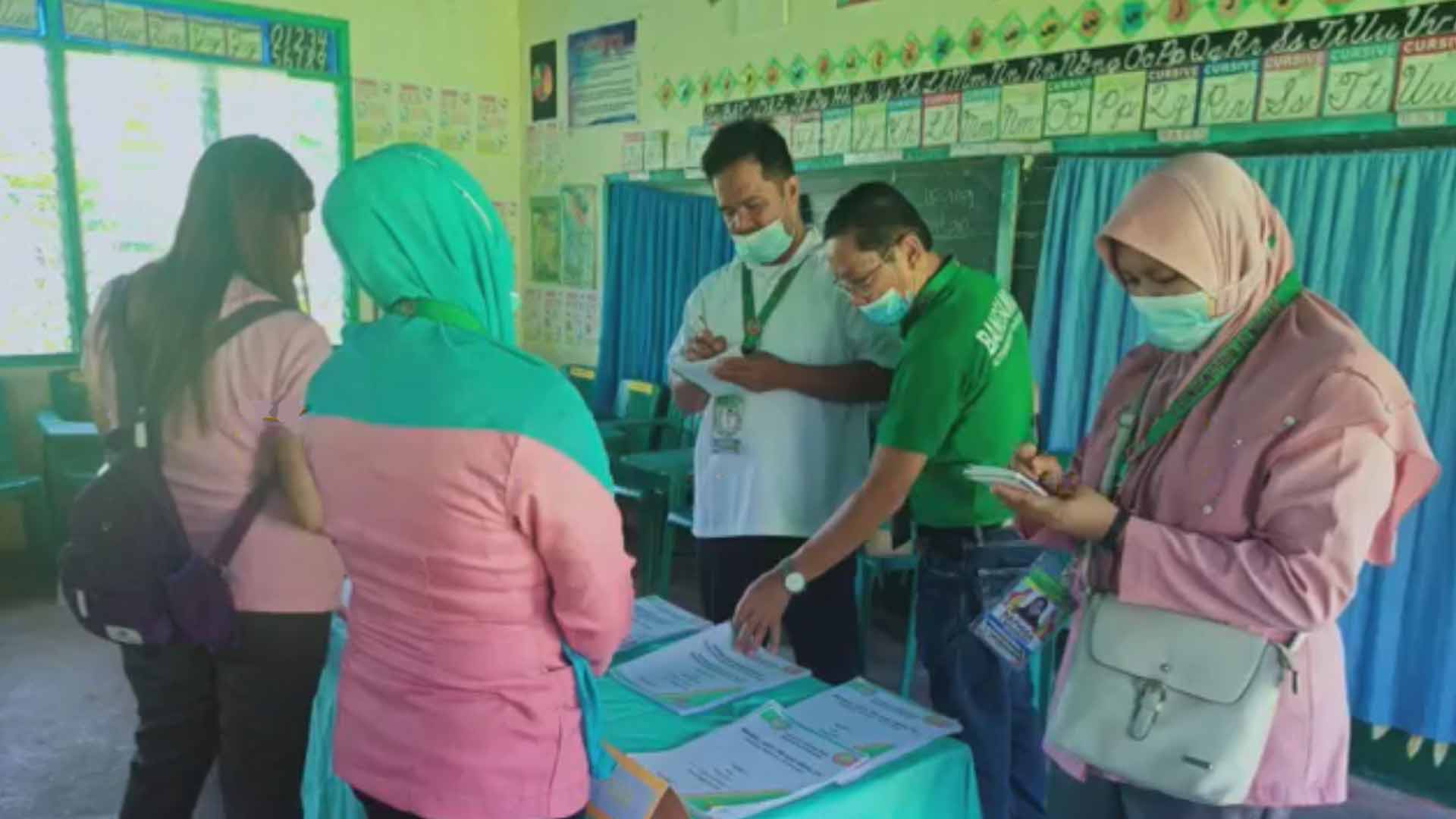Providing universal access to primary education is second on the list of the Philippines’ Millennium Development Goals (MDG). Filipino children everywhere would have completed their elementary education by 2015. Despite government efforts, the results have been modest. Enrollment figures have improved but the completion rate is poor; and learning outcomes are on a decline.
Three percent of the country’s gross domestic product (GDP) goes to education, up from the previous 2% but world standards peg it at 6% of GDP. The Philippines spends US$380 per public school student compared with Viet Nam (US$7600 and Malaysia (US$2,350).
No doubt, quality education costs. But achieving it takes more than just increasing budget allocations. Of primary focus is the management of resources. If the task has been challenging in pre-COVID times, the restrictions imposed by the pandemic now compound it.
On the bright side, local government units (LGUs) have been exercising greater independence in managing their turfs. In the area of education, the local school boards (LSBs) were created to be nerve centers for multi-sector collaboration in crafting community-based education programs. This includes the management of the Special Education Fund (SEF), which comes from the additional 1% tax collected with the real property taxes and serves as the main funding source for the basic education sector.

Now left to their own devices to face challenges from within and without, education champions from LGUs all over the country have stepped up and out of their comfort zones, inspired by Synergeia Foundation’s vision for good education governance. Much like a pebble thrown into the water, the Foundation’s close-to two decades of working with communities to uplift the quality of basic education has generated positive ripples.
At the recently concluded 14th Washington SyCip National Education Summit: “Learning from our Best to Defy Gravity,” a thousand-strong education champions representing about a hundred Synergeia communities gathered online to reaffirm their commitment to this ideal, with Valenzuela City standing as a pioneer in “aggressively taking the driver’s seat” in pushing for education reforms. Many more from the different regions have taken up the cause in their own “gravity-defying” ways.
Synergeia communities in La Union have expanded their LSBs into data centers that profile community schools. The information gathered enables them to correctly determine and prioritize spending needs per school.
Stepping up the collection of real property tax can be unpopular. However, the Nueva Vizcaya experience proves that giving taxpayer money back to the people through essential community services wins popular support. The boost in remittances eventually supplements funding for education.

Smarter accounting has allowed small communities in the Visayas to make the SEF work harder for them. Strict and consistent monitoring ensures that the funds are used for their intended purpose, eliminating hit-or-miss allocation and discouraging corrupt practices.
Finally, crusading leaders in Mindanao have ceased relying on the SEF alone to roll out their projects. Engaging in private-public partnerships has fast-tracked the implementation of a wide range of improvements—from school infrastructure to feeding programs, from teacher training to curriculum enhancement.
Testimonies from the ground prove that no matter how daunting the task, financing education from “the bottom, up” is no mission impossible. The pandemic may have slowed down the process but as long as LGU education champions forge on and conquer new ground for the Synergeia ideal to take root, the war against hunger for learning continues.








